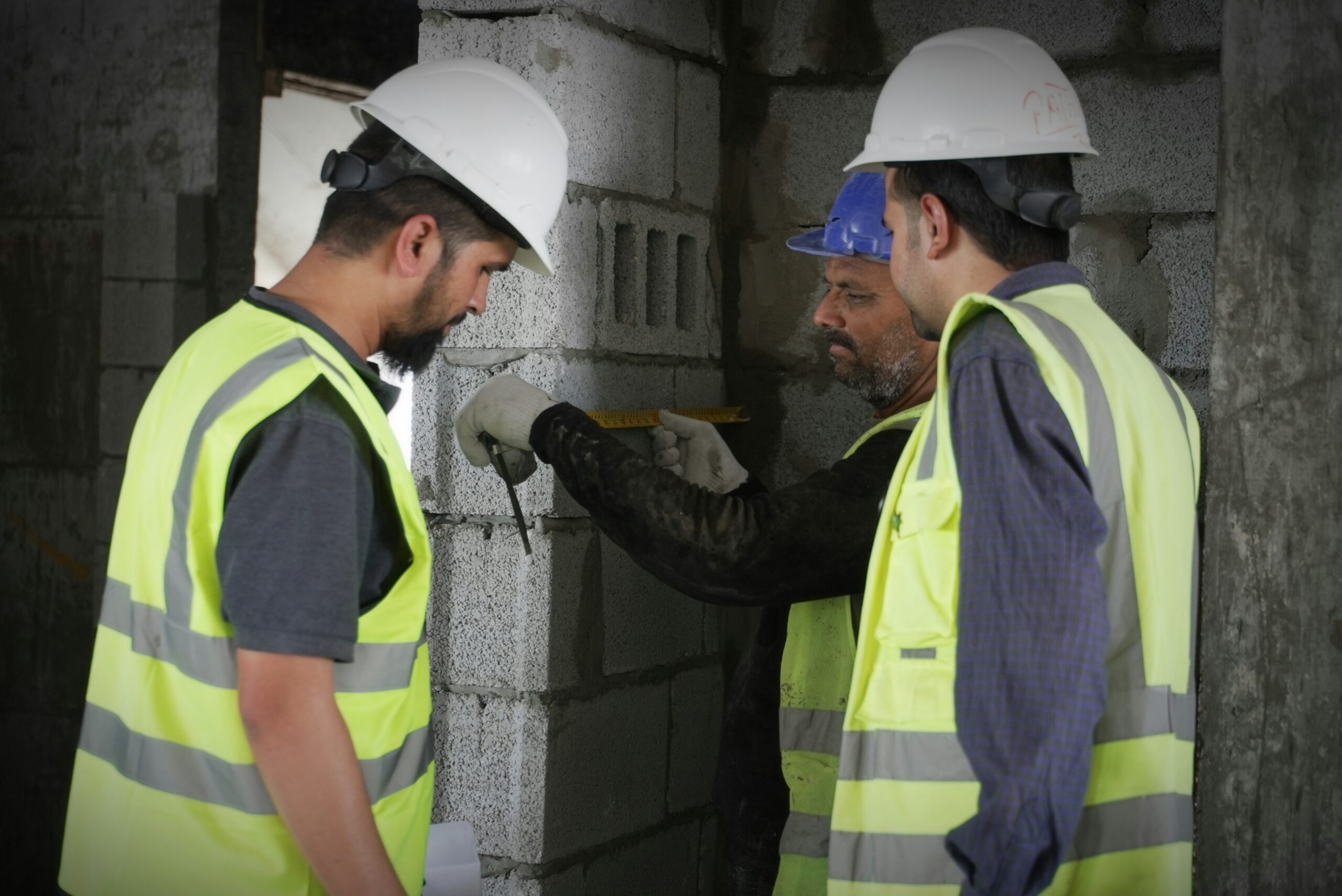Construction consulting is a dynamic process where a consultant’s involvement can vary depending on the complexity of the project and the needs of the owner or developer. Consultants may be brought in to assist with just one phase of the project or serve as ongoing advisors throughout the entire buildout. Understanding when and how consultants are typically involved can help you better plan your project and decide when it may be most effective to call upon their expertise.
Examples of When a Consultant May Enter and Exit a Project
When is the right time to bring in a construction consultant? Below are key moments during a project’s lifecycle when a construction consultant’s involvement can make all the difference.
- Early in the planning and feasibility stage – Before breaking ground, it’s vital to have a clear understanding of the project’s feasibility and scope. A construction consultant can conduct a buildability report to assess whether the project is viable from both a financial and practical perspective. Moreover, having a consultant involved early in the planning phase helps avoid surprises later and enables you to make informed decisions about whether the project is worth pursuing.
- During design and engineering phases – Once the project design is underway, a construction consultant can provide valuable input on a project’s constructability to help ensure that the proposed design is in fact achievable within your budget and timeline. They will work with your architect, engineers and designers to identify any potential design flaws or inefficiencies as well as identify cost-saving opportunities without compromising quality or safety.
- When developing a realistic budget and timeline – Construction costs can be unpredictable, and delays often lead to significant budget overruns. A consultant will work with you to develop a comprehensive budget and schedule so that all aspects of the project are accounted for and the timeline is realistic.
- During the bidding and contractor selection process – Hiring the right contractor is one of the most crucial decisions a project owner makes. A construction consultant can help you identify qualified contractors, assess bids and negotiate terms to ensure that the right team is chosen for the job.
- Throughout the construction phase – Once construction begins, a consultant can provide continuous oversight and project management. They will monitor progress, coordinate between contractors and vendors, ensure that materials and equipment are available and resolve any issues that arise on-site. They will also help manage any change orders or unexpected delays that may arise during construction.
- Before project closeout and final inspections – Even as your project nears completion, there are still key details to attend to before the final inspections and handover. A construction consultant can help conduct final inspections to ensure that all elements of the project meet quality standards and that all regulatory requirements have been met.
- After project completion for post-construction support – After the construction project is completed, a consultant can continue to provide value by offering post-construction support. This includes helping you with any issues related to warranties, maintenance schedules or future renovations, as well as ensuring that all necessary operational systems are in place and that the building is well-maintained.
Bringing in a construction consultant at the right stages of your project is a strategic move that can save time, money and stress. Whether you are just starting to plan your project, managing day-to-day operations or handling final inspections, their expertise ensures everything runs smoothly.
At Seacoast Consulting Group, our team of experienced construction consultants is here to help guide your project from concept to completion. If you’re considering a new build or renovation project, don’t hesitate to contact us for expert advice and guidance to ensure your project’s success. Call us today at 786-433-8740 to schedule a free consultation.
- test :


